West End Jungle
'West End Jungle' is certainly something of a period curio. Running at a mere 52 minutes it's hardly a big value offering in DVD standards, though will certainly have appeal to anyone who has an interest in its subject matter; the tawdrier side of Soho in the early 1960's.
It was denied a BBFC certificate in 1961, so could not be shown in any UK cinemas, but was still shown in 'members only' cinema clubs, such as the Compton, though clearly not to concerned citizens. This was an intentionally titillating piece 'disguised' as documentary to get past the censors of the day.
It's a typically stilted British documentary in the style of the time. Real 'fly on the wall' styled documentaries were unusual in an age where every frame of film had to be processed at great cost. There was a preponderance of this type of carefully choreographed documentaries at the time, most of which were cinema fillers called 'World of Coal' or travelogues, often financed by the destinations featured.
But of course, even this 'half truth' reveals something of the period and the locale, as well as the people who populated the area and the industry. It is these glimpses into a forbidden, bygone world that will appeal most to audiences of this much anticipated release.
For all the notoriety, the film is tame by today's standards with fleeting glimpses of nudity, and a sternly moralistic tone to the narration throughout. But it wasn't fooling the censors, and it was denied a certificate on its original release with the objection that it was 'advertising immoral practices'. On reflection you can't help share the Director's view that this was a complete absurdity. The common theme throughout is how easily a fool and his money are parted and the film could hardly be interpreted as a promotional film for the area.
It's described as the 'seedy reality' of the sex industry of the early sixties in Soho, looking at how the industry survived attempts to 'clean up' the streets - finding a home in a new breed of members club. It paints a picture of Soho dominated by newly emerging 'Members Clubs' (like the Paul Raymond Revue Bar), cheesy 'model' rip offs and strip clubs where visitors are encouraged to buy the talent soft drinks at grossly inflated prices. Ah - how the area has changed!
Director Arnold L. Miller, who had already made a career out of nudie mags and stag loops, filmed the documentary inside these clubs, telling the owners and girls that he was immortalising them, sometimes interviewing the girls involved as well as 'expert commentators'.
Apart from looking shockingly choregraphed (perhaps not helped as the 'cast' were recruited from strip clubs in the area), the quality of the cinematography (Stanley Long who had started as a stills cameraman doing nudie work for Millar) is often first class with some really nice shots of Soho by night. That said, the quality os not consistent, with some decidedly dodgy, over grained stock also included.
The world of prostitution is examined, from the recruitment of out of towners running away to the big city, to the women's techniques for luring 'johns' as well as interviews with so called experts in massage. But it paints a relatively 'innocent picture', with no mention of drugs as a means of control, nor the exploitation or violence suffered by some of the women. In fact, like a cheery Ealing comedy, it's more about the entrapment of gullible men. Those naughty vixens!
For those interested in the history of the piece, Stanley Long had been the photographer in Arnold Louis Millar's lightweight skin mag (PhotoShoot) before becoming his Cinematographer. Then he went on to film a load more nudie cuties before Directing a number of other notable British classics in the seventies like Adventures of a Plumbers Mate / Taxi Driver / Private Eye (a pale imitation of the Confessions Series which in their turn were a (bawdy) pale imitation of the Carry On). He was also Director of Photography on a number of salacious horrors like 'Take your Clothes and Live' (1963) as well as some Horror classics like Tigon's 'The Blood Best Terror' starring Peter Cushing. The BFI recently honoured him by showing a trilogy of his horror work, 'That's the way to do it' 'Dream house' and 'Do you believe in fairies?' He's also just published a book (which sounds fantastic) called The X-Rated Adventures of an Exploitation Filmmaker which covers 'West End Jungle' amongst much else.
Arnold Louis Millar on the other hand also cut his teeth on nudie flix like 'Nudist Memories' and 'Nudes of the World' in the late fifties before settling down to a career directing travel documentaries in the main during a time when these were popular third features in cinemas (during the 60's and 70's). His filmography appears to run out at about 1980 so I'm guessing he moved on from film-making.
The extras on the disc include a brief news reel piece at the time which used Millar and Long's footage, as well as an incredibly frank interview with the film's director who must now be well into his seventies. He sounds like a native Londoner who seemed to have little interest in the social impact of his work, though a very good knowledge of the industry. His annoyance at the original 'banning' of this film some 45 years ago still shows. Maybe this release will go some way to making amends.
It was denied a BBFC certificate in 1961, so could not be shown in any UK cinemas, but was still shown in 'members only' cinema clubs, such as the Compton, though clearly not to concerned citizens. This was an intentionally titillating piece 'disguised' as documentary to get past the censors of the day.
It's a typically stilted British documentary in the style of the time. Real 'fly on the wall' styled documentaries were unusual in an age where every frame of film had to be processed at great cost. There was a preponderance of this type of carefully choreographed documentaries at the time, most of which were cinema fillers called 'World of Coal' or travelogues, often financed by the destinations featured.
But of course, even this 'half truth' reveals something of the period and the locale, as well as the people who populated the area and the industry. It is these glimpses into a forbidden, bygone world that will appeal most to audiences of this much anticipated release.
For all the notoriety, the film is tame by today's standards with fleeting glimpses of nudity, and a sternly moralistic tone to the narration throughout. But it wasn't fooling the censors, and it was denied a certificate on its original release with the objection that it was 'advertising immoral practices'. On reflection you can't help share the Director's view that this was a complete absurdity. The common theme throughout is how easily a fool and his money are parted and the film could hardly be interpreted as a promotional film for the area.
It's described as the 'seedy reality' of the sex industry of the early sixties in Soho, looking at how the industry survived attempts to 'clean up' the streets - finding a home in a new breed of members club. It paints a picture of Soho dominated by newly emerging 'Members Clubs' (like the Paul Raymond Revue Bar), cheesy 'model' rip offs and strip clubs where visitors are encouraged to buy the talent soft drinks at grossly inflated prices. Ah - how the area has changed!
Director Arnold L. Miller, who had already made a career out of nudie mags and stag loops, filmed the documentary inside these clubs, telling the owners and girls that he was immortalising them, sometimes interviewing the girls involved as well as 'expert commentators'.
Apart from looking shockingly choregraphed (perhaps not helped as the 'cast' were recruited from strip clubs in the area), the quality of the cinematography (Stanley Long who had started as a stills cameraman doing nudie work for Millar) is often first class with some really nice shots of Soho by night. That said, the quality os not consistent, with some decidedly dodgy, over grained stock also included.
The world of prostitution is examined, from the recruitment of out of towners running away to the big city, to the women's techniques for luring 'johns' as well as interviews with so called experts in massage. But it paints a relatively 'innocent picture', with no mention of drugs as a means of control, nor the exploitation or violence suffered by some of the women. In fact, like a cheery Ealing comedy, it's more about the entrapment of gullible men. Those naughty vixens!
For those interested in the history of the piece, Stanley Long had been the photographer in Arnold Louis Millar's lightweight skin mag (PhotoShoot) before becoming his Cinematographer. Then he went on to film a load more nudie cuties before Directing a number of other notable British classics in the seventies like Adventures of a Plumbers Mate / Taxi Driver / Private Eye (a pale imitation of the Confessions Series which in their turn were a (bawdy) pale imitation of the Carry On). He was also Director of Photography on a number of salacious horrors like 'Take your Clothes and Live' (1963) as well as some Horror classics like Tigon's 'The Blood Best Terror' starring Peter Cushing. The BFI recently honoured him by showing a trilogy of his horror work, 'That's the way to do it' 'Dream house' and 'Do you believe in fairies?' He's also just published a book (which sounds fantastic) called The X-Rated Adventures of an Exploitation Filmmaker which covers 'West End Jungle' amongst much else.
Arnold Louis Millar on the other hand also cut his teeth on nudie flix like 'Nudist Memories' and 'Nudes of the World' in the late fifties before settling down to a career directing travel documentaries in the main during a time when these were popular third features in cinemas (during the 60's and 70's). His filmography appears to run out at about 1980 so I'm guessing he moved on from film-making.
The extras on the disc include a brief news reel piece at the time which used Millar and Long's footage, as well as an incredibly frank interview with the film's director who must now be well into his seventies. He sounds like a native Londoner who seemed to have little interest in the social impact of his work, though a very good knowledge of the industry. His annoyance at the original 'banning' of this film some 45 years ago still shows. Maybe this release will go some way to making amends.
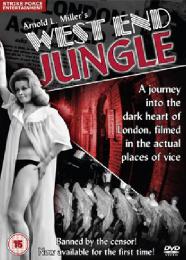























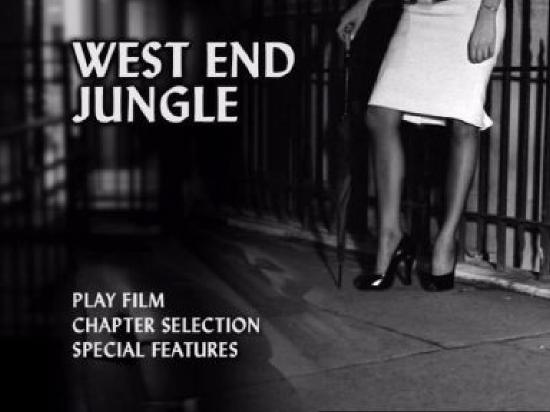
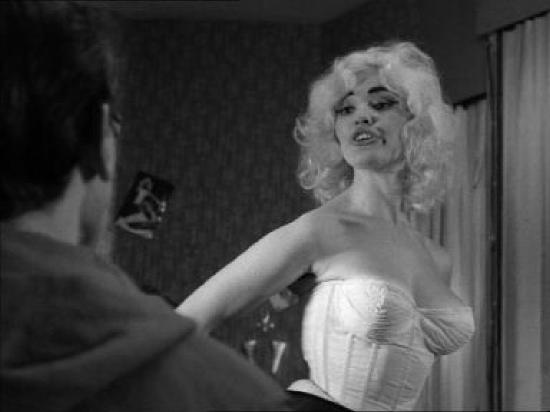
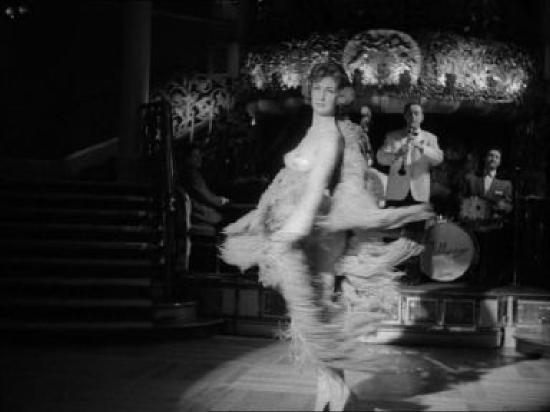
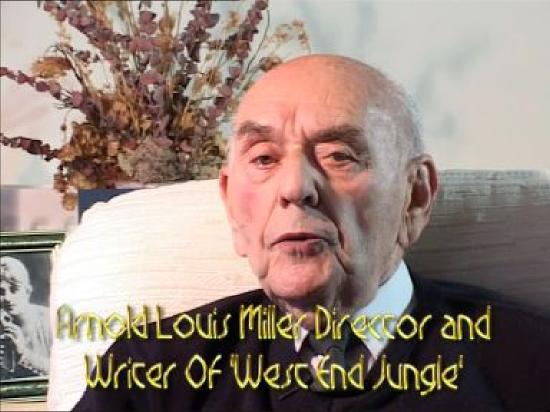
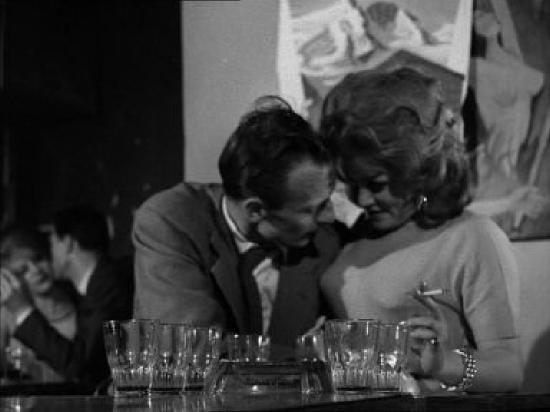
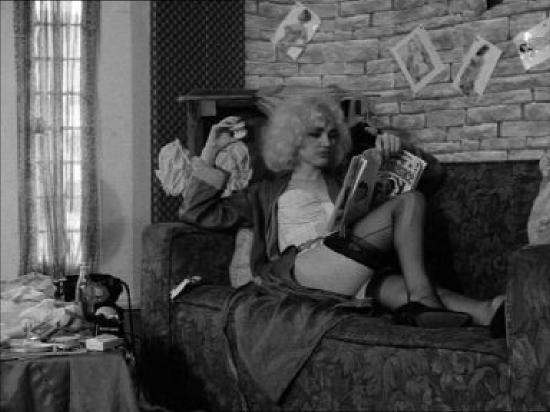
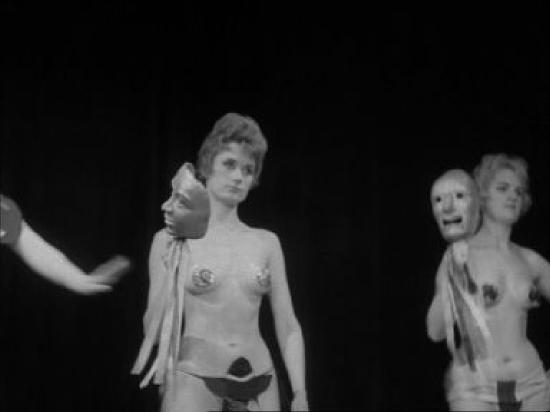
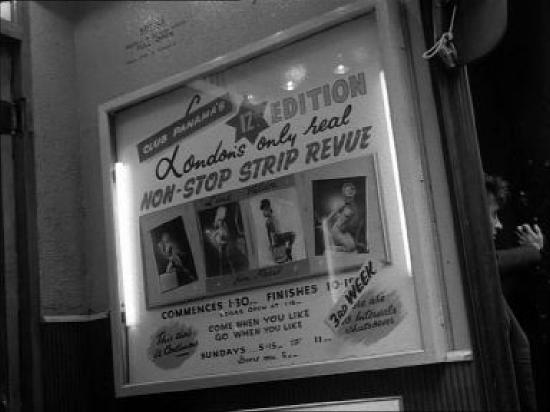
Your Opinions and Comments
Be the first to post a comment!